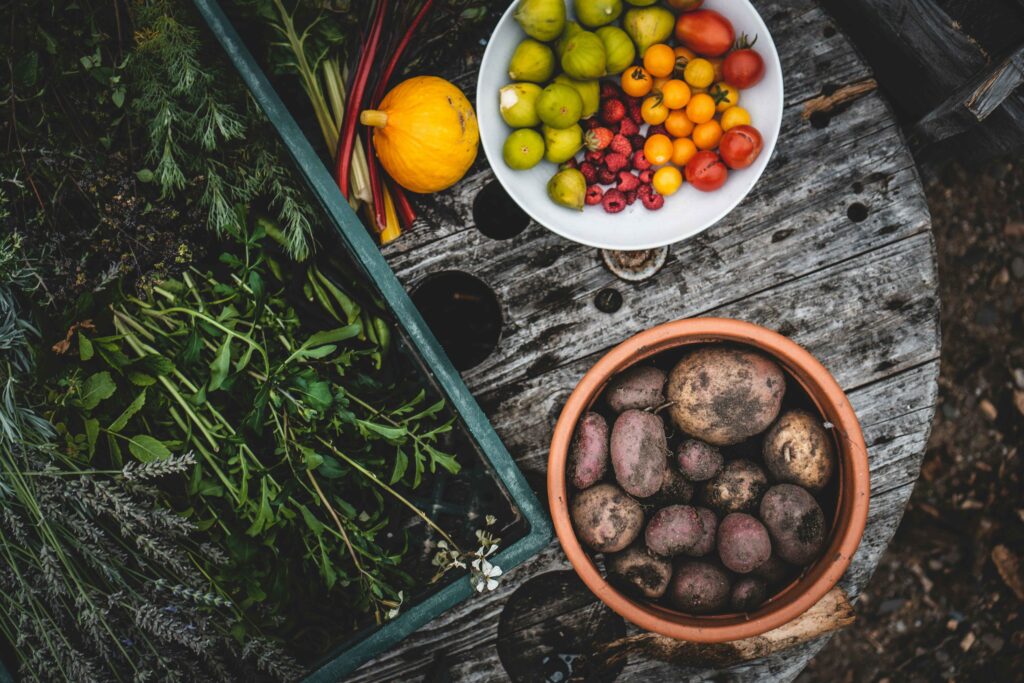Winter might seem like a time for the garden to rest, but across much of Australia, it’s actually a season full of opportunity—especially when it comes to growing fresh, nutrient-dense vegetables. Whether you’re living on a rural property with space to spare or managing a tight suburban backyard on the fringes of Sydney, there’s a wide range of winter vegetables to plant, grow, and harvest. With the right preparation, winter veg plants can deliver both food security and satisfaction—two things we’re seeing more and more Australians prioritise as the cost of living and fresh produce rises.
This guide offers a clear, reliable, and approachable overview of the best winter veggies to grow in your patch. We’ll break it down by climate zone, provide tips based on lifestyle needs (whether you’re full-time on the land or just pottering after work), and we’ll factor in real-world considerations like startup costs, proximity to resources, and how long your crops will take to mature.
Whether you’re a beginner or a seasoned home grower, this article will help you get the most from your winter garden.
- Summary
- Why Grow Winter Vegetables?
- What to Plant in Winter: Best Vegetables for Australian Gardens
- Designing a Productive Winter Veggie Garden
- What to Grow Based on Climates
- Harvesting Tips for Winter Crops
- Final Thoughts
A Summary Winter Vegetables Planting & Growing Guide
| Vegetable | Best Climate Zones | Ideal Planting Time | Key Notes |
| Broccoli | Temperate, Cool, Subtropical | Late Autumn to Early Winter | Needs full sun; harvest main head before flowering for side shoots to form. |
| Cabbage | Temperate, Cool | Early to Mid Autumn | Heavy feeder; rotate crops yearly to prevent soil-borne disease. |
| Kale | All zones (especially Cool & Temperate) | Autumn through Winter | Cold-hardy; improves in flavour after light frosts. |
| Spinach | Temperate, Subtropical, Cool | Autumn through Late Winter | Fast-growing; prefers cool, moist conditions. Great for containers. |
| Garlic | Temperate, Cool, Alpine | Autumn | Long growing season; ready for harvest in spring/summer. |
| Onions | All zones (long-day for cool climates, short-day for subtropical) | Autumn | Requires rich, well-drained soil; slow grower, so plant early. |
| Leeks | Temperate, Cool | Late Summer to Autumn | Prefers full sun; blanch stalks by mounding soil. |
| Carrots | All zones | Autumn through Winter | Needs deep, loose soil; thin seedlings early for straight roots. |
| Beetroot | Temperate, Subtropical | Autumn to Mid-Winter | Dual-purpose crop (leaves + root); harvest when root is about golf-ball size. |
| Peas (Snow, Sugar Snap) | Temperate, Cool | Late Autumn to Early Winter | Support with trellis; harvest often to encourage more pods. |
| Asian Greens (e.g., Bok Choy, Tatsoi) | Subtropical, Temperate | Autumn through Winter | Fast growers; bolt quickly in heat, ideal for winter. |
| Brussels Sprouts | Cool, Alpine | Late Summer to Early Autumn | Long season crop; requires regular feeding. |
| Silverbeet (Chard) | All zones | All winter | Very hardy; ‘cut and come again’ harvesting extends yield. |
| Turnips | Temperate, Cool | Early to Mid Winter | Fast-growing; harvest small for tender roots. |
| Lettuce | Temperate, Subtropical, Tropical | Autumn through Winter | Prefers cooler conditions; keep soil moist and shaded to avoid bolting. |
| Radish | All zones | Autumn through Late Winter | Very fast to maturity; great filler crop between slow growers. |
| Cauliflower | Cool, Temperate | Early Autumn | Sensitive to temperature swings; keep moist for tight heads. |
Why Grow Winter Vegetables?
Australia’s temperate winters—particularly in southern states like Victoria, Tasmania, and parts of New South Wales—create ideal growing conditions for a suite of cold-loving crops. These veg to grow in winter aren’t just resilient; many actually prefer cooler soil and shorter days. Crops like kale, broccoli, and snow peas grow sweeter in the cold, and others like garlic and onions benefit from slow, steady development that just isn’t possible in summer heat.
From a self-sufficiency standpoint, winter is also a strategic season. Supermarket prices for fresh produce tend to spike during the cooler months, especially for leafy greens and brassicas. By growing your own, you sidestep those costs while deepening your connection to what you eat—and the land it’s grown on.
What to Plant in Winter: Best Vegetables for Australian Gardens
When choosing winter vegetables to plant, the most important factors are your climate zone, available space, and time to harvest. Below is a breakdown of the most reliable winter veg plants suited to Australian conditions.
1. Broccoli
A hardy staple, broccoli is a cold-season performer that thrives in full sun and rich, well-drained soil. It’s perfect for temperate and cool zones, with sowing times from late autumn to early winter. From seed, expect 10–14 weeks until harvest.
- Cost to start: $3–$6 per punnet or $2 per seed packet.
- Tip: Space plants 40–50cm apart to allow for large heads.
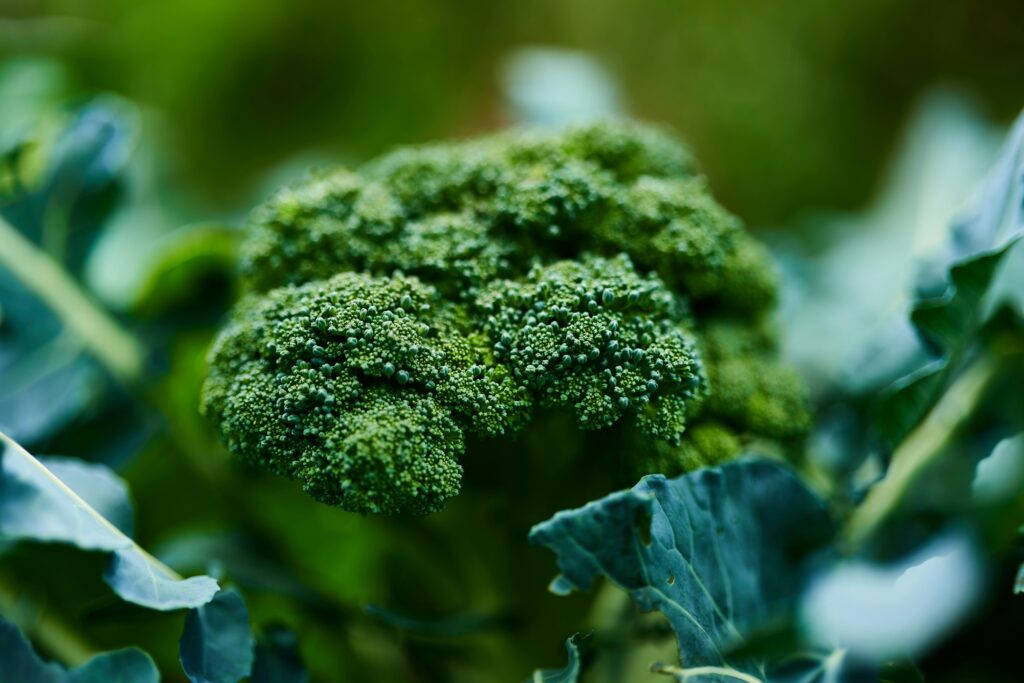
2. Garlic
Garlic is one of the best long-term winter vegetables to grow. It’s planted in late autumn or early winter and harvested in mid-summer, giving it time to mature underground.
- Ideal for: Cool and temperate regions.
- Cost: $3–$5 per bulb (plantable garlic, not supermarket).
- Distance factor: Source certified seed garlic online or from farmers markets in regional areas.
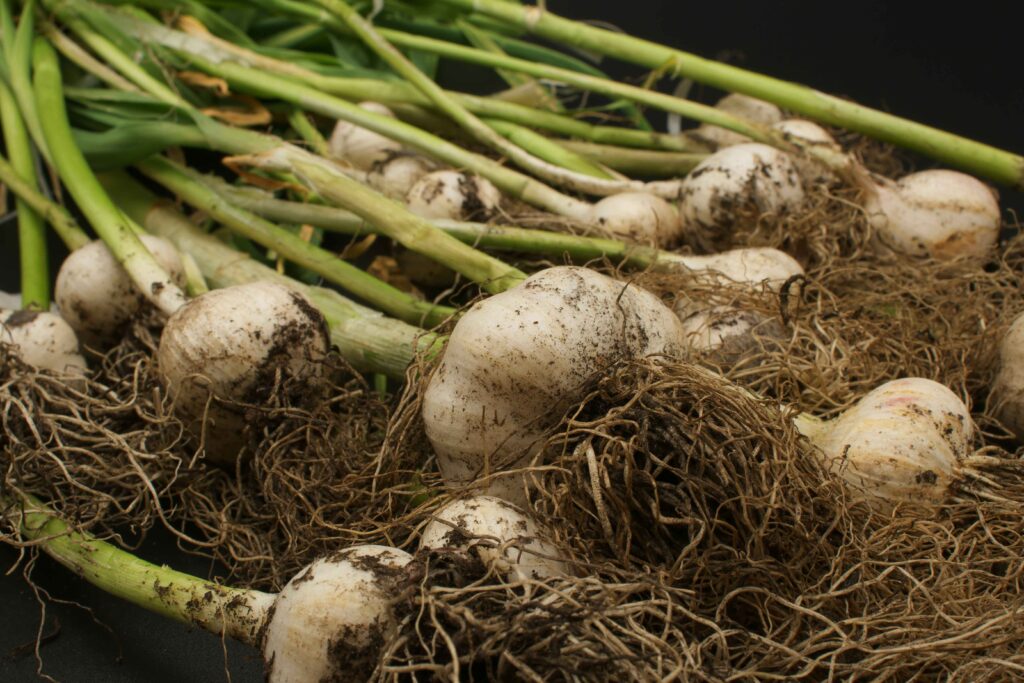
3. Spinach
Quick to grow and highly productive, spinach is a versatile veg to grow in winter. Sow directly or plant seedlings, and harvest within 4–6 weeks. It tolerates light frosts and does well in smaller spaces or raised beds.
- Suitable for: Most regions, including subtropical.
- Cost: $3–$4 per punnet or $2.50 per seed packet.
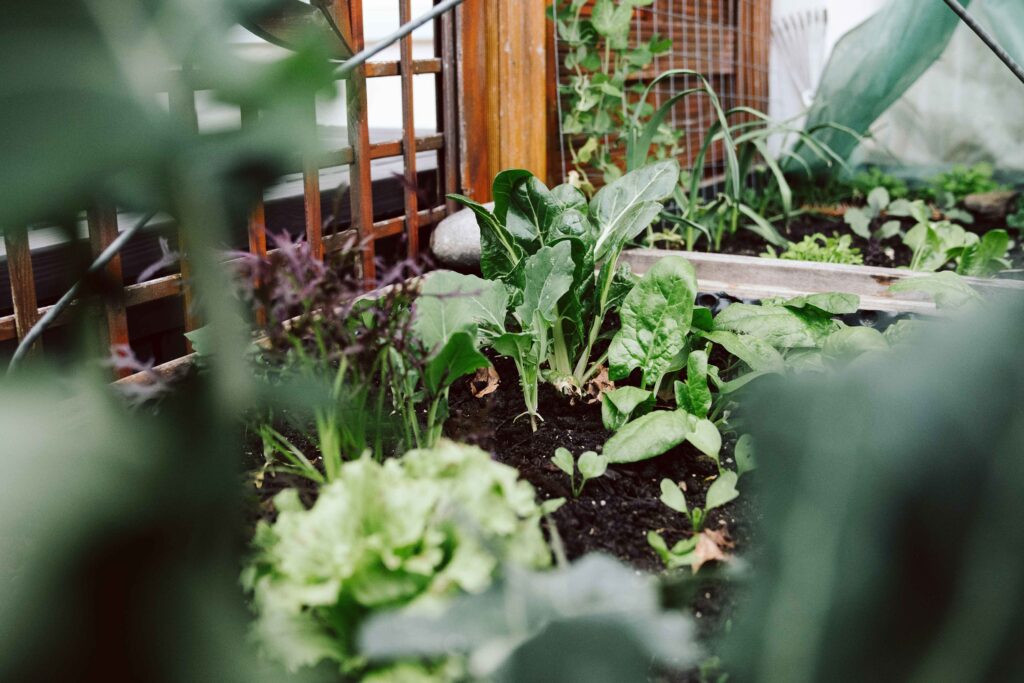
4. Kale
Among the easiest winter veggies to grow, kale thrives in cold temperatures and improves in flavour after frost. Great for small gardens and permaculture setups alike.
- Regions: Best in temperate to cool zones but tolerates warmer areas.
- Time to harvest: 6–8 weeks.
- Cost: $4–$6 for seedlings; $3 for seeds.
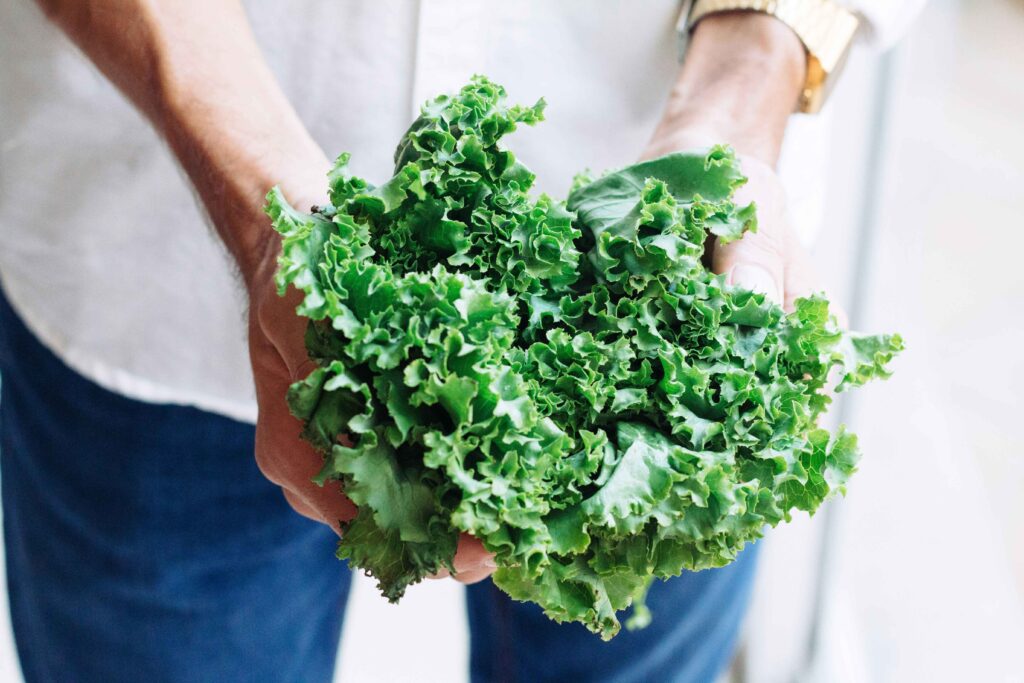
5. Carrots
Carrots are a reliable root crop for cooler soils. Sow direct, keep moist, and thin once seedlings emerge.
- Sow time: Early to mid-winter.
- Climate: Suitable for most zones except tropical.
- Harvest: 12–14 weeks.
- Cost: Around $2 for a packet of seeds covering several rows.
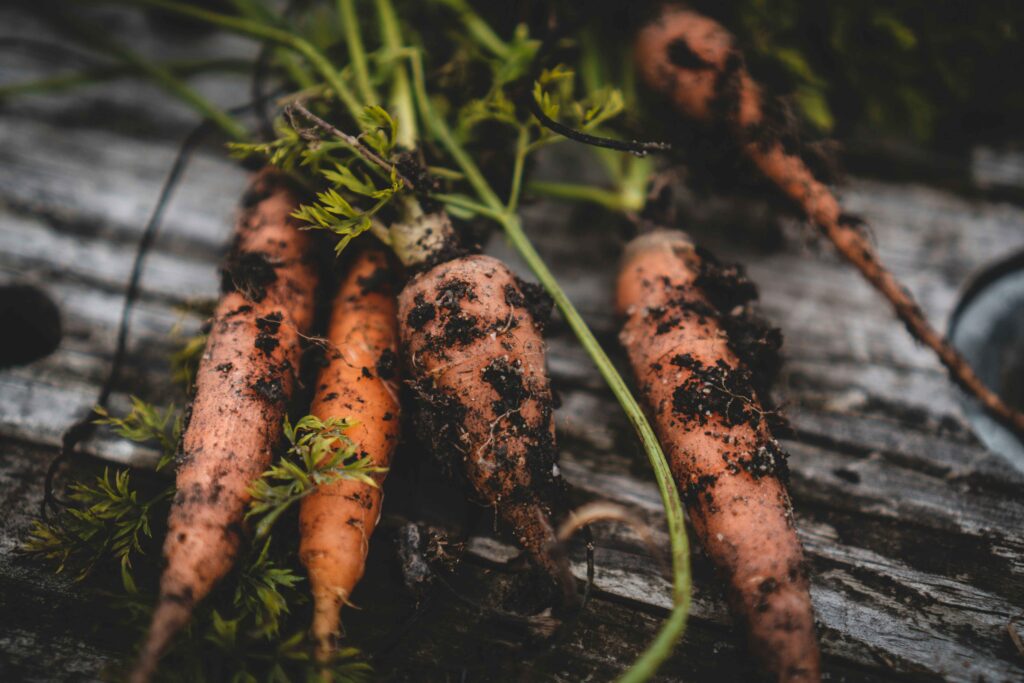
6. Cauliflower
This slow grower rewards patience. It’s more sensitive to temperature fluctuation, so it’s best suited to southern regions with consistent cold.
- Planting: Mid-autumn to early winter.
- Harvest: 14–16 weeks.
- Cost: $4–$6 for seedlings; $3 for seeds.

7. Snow Peas
A climbing, quick-yielding crop, snow peas love the cool and produce well throughout winter if staked or trellised.
- Climate: Best in temperate zones; tolerates light frost.
- Harvest: Within 8–10 weeks.
- Cost: $2.50–$4 for a seed packet; $5–$7 for seedlings.
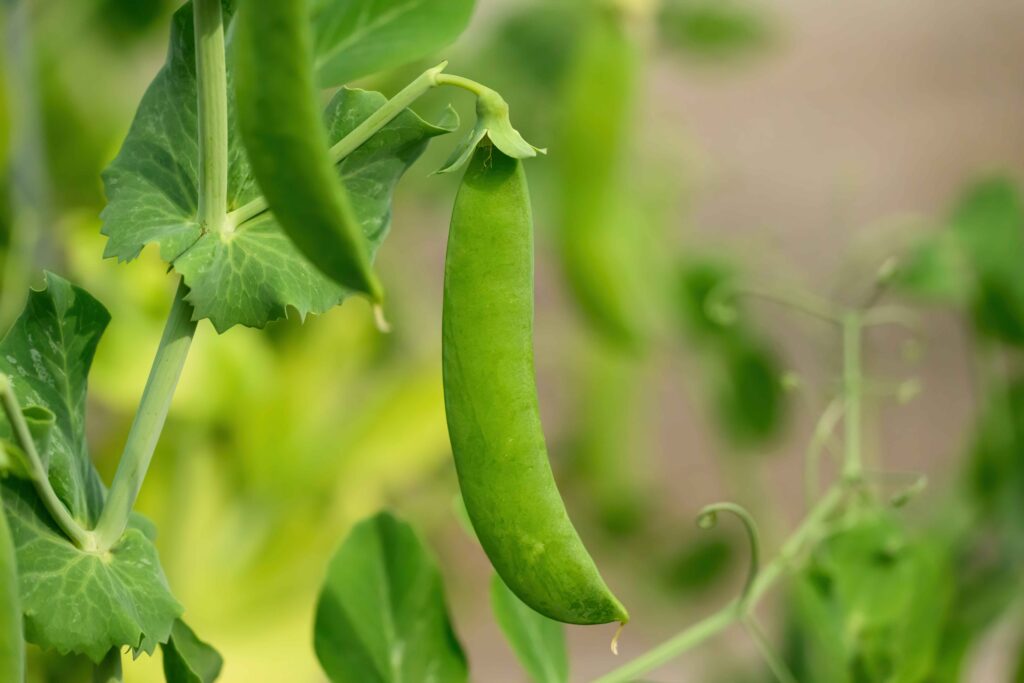
Laying It Out: Designing a Productive Winter Veggie Garden
Once you’ve decided which winter vegetables to plant, the next step is getting the layout right. A well-planned garden helps maximise yield, minimise pests, and make your life easier during the cooler months.
Choose Your Setup: In-Ground, Raised Beds or Containers?
In-Ground Garden Beds
In-ground beds are ideal for those with space and good-quality soil. They retain moisture well in winter, and if you’ve already enriched your soil in autumn, they’ll support strong root development.
- Best for: Regional areas or outer suburbs with yard space.
- Considerations: Needs regular weeding and monitoring for slugs.
- Cost: Low (just compost, mulch, and tools).
Raised Beds
Great for cold or wet regions, raised beds offer better drainage and warm up faster than the ground. They’re also easier to manage physically.
- Best for: Southern regions, clay-heavy soils or limited backyard space.
- Considerations: Initial setup cost is higher but long-term yield is strong.
- Cost: $120–$300+ per bed, depending on size and materials.
Containers & Vertical Gardens
If you’re growing veg in winter in an urban environment (like a balcony or inner-city courtyard), containers and vertical setups make it easy to manage smaller crops like spinach, kale, or snow peas.
- Best for: Apartments or renters.
- Considerations: Needs more frequent watering and feeding.
- Cost: $10–$50 per container, plus soil and mulch.
Crop Spacing & Companion Planting
Good spacing ensures airflow (essential in damp conditions) and limits fungal diseases. Here’s a quick spacing guide for popular winter veg plants:
- Spinach: 15–20cm apart
- Kale: 40–50cm apart
- Carrots: Thin to 5–10cm between plants
- Broccoli/Cauliflower: 45–60cm apart
- Snow Peas: 8–10cm apart, with trellis support
Companion planting also boosts winter performance:
- Garlic deters aphids and can be planted near leafy greens.
- Spinach and carrots grow well together without competing for nutrients.
- Peas enrich soil with nitrogen — great when rotated near brassicas.
Succession Planting for Ongoing Harvest
One common mistake with winter veggie growing is planting everything at once. Instead, try succession planting — staggering crops every 2–3 weeks — to ensure a steady flow of produce right through winter into spring.
Start early with fast growers like spinach and lettuce. Then plant slower crops like broccoli or cauliflower mid-season. This helps avoid gluts, reduces waste, and stretches your harvest window — particularly useful if you’re feeding a family or selling excess veg locally.

Understanding Climate Zones: What to Grow, Where
Australia’s varied climates mean that the best veg to grow in winter can shift dramatically depending on where you are. Knowing your zone helps prevent disappointment and wasted effort. Here’s a breakdown based on the major growing regions:
Temperate Zones (Sydney, Adelaide, Melbourne)
These areas enjoy cool but not extreme winters. You can grow a wide range of winter veg plants here — from root crops to brassicas.
- What to plant: Broccoli, cabbage, spinach, onions, peas, garlic, carrots
- Planting window: Late autumn to early winter
- Tips: Use mulch to keep roots warm and reduce watering needs
Cool to Alpine Zones (Canberra, Tasmania, Inland VIC/NSW)
Frost and snow are real possibilities. Choose frost-tolerant varieties and consider cloches or row covers.
- What to plant: Kale, Brussels sprouts, garlic, onions, leeks
- Planting window: Early autumn to avoid planting into frozen ground
- Tips: Raised beds help with drainage, but insulate roots with straw
Subtropical Zones (Brisbane, Northern NSW)
Milder winters open the door to growing crops typically considered “cool season” in other climates.
- What to plant: Lettuce, beetroot, Asian greens, bush beans, silverbeet
- Planting window: May through August
- Tips: Watch for fungal issues with humidity — spacing and airflow are key
Tropical Zones (Darwin, Far North QLD)
Winter is your dry, cooler season — often the most productive time of year.
- What to plant: Tomatoes, capsicum, eggplant, leafy greens, beans
- Planting window: April to July
- Tips: Use shade cloth if sun intensity is still high. Avoid heavy feeders on poor soils unless improved
If you’re unsure what type of climate you’re in, you may find our guide here handy to help!
Harvesting Tips for Winter Crops
Just like with planting, harvesting in winter requires awareness and planning. Some winter veggies — like kale and silverbeet — allow for “cut and come again” harvesting, where you take outer leaves and let the plant keep growing. Others, like root crops, need to be lifted all at once.
- Carrots & beets: Check the shoulder for size. If wide, they’re ready.
- Broccoli: Harvest heads before flowers open — side shoots will follow.
- Garlic: Once the lower leaves die off, lift and cure undercover for two weeks.
- Peas & beans: Pick often to encourage more flowering.
In colder climates, many crops can be left in the ground and harvested as needed — just protect with mulch. In warmer zones, some crops may bolt if left too long, so watch carefully for signs of flowering.
Final Thoughts: Winter is a Grower’s Season Too
It’s easy to overlook winter when planning your garden. But for much of Australia, it’s a time of opportunity — fewer pests, less water required, and an excuse to spend time outdoors when the heat backs off. By matching your crop choices to your climate and using clever planning techniques like succession planting and companion cropping, you can make winter one of your most rewarding seasons yet.
Whether you’re in a city apartment or on a rural block, there are winter veggies to grow for every space and budget. Start small if you’re new — spinach in a pot, peas along a fence — and build up from there. The key is consistency and care, not perfection.
Let your winter garden do what it does best: quietly feed you, while everything else slows down.

